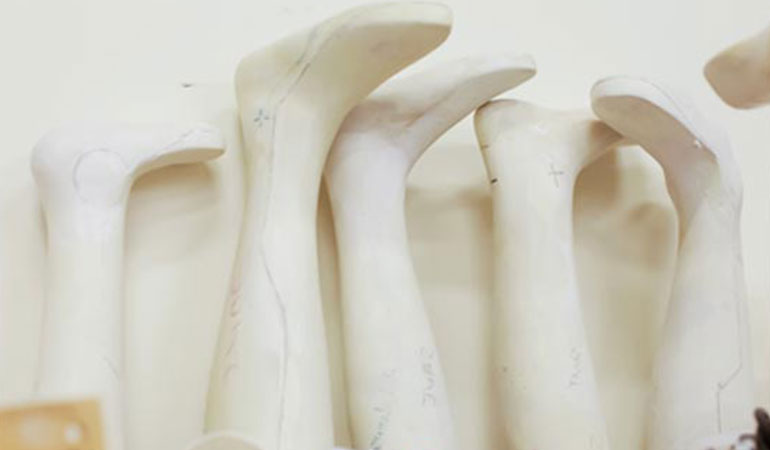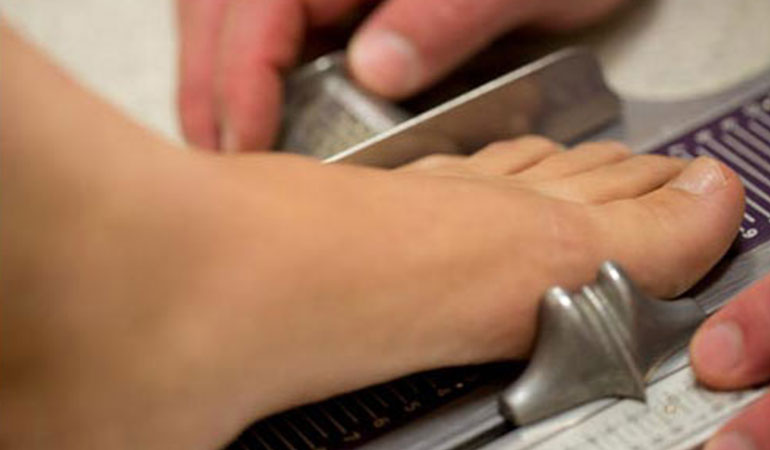Orthotics FAQs
Diabetic Shoes & Inserts /Medicare Therapeutic Shoes
One pair of depth-inlay shoes and three pairs of inserts OR
One pair of custom molded shoes (including inserts) and two additional pairs of inserts. This option is only available if you cannot wear depth-inlay shoes due to a foot deformity.
In certain cases, Medicare may also cover separate inserts or shoe modifications instead of inserts.
Medicare will not cover deluxe features: A deluxe feature is one that does not contribute to the shoe's therapeutic function - for example, a custom style, color or custom material.
1. Need to have one of the following condition along with Diabetes
a. Previous amputation of the other foot, or part of either foot, or
b. History of previous foot ulceration of either foot, or
c. History of pre-ulcerative calluses of either foot, or
d. Peripheral neuropathy with evidence of callus formation of either foot, or
e. Foot deformity of either foot, or
f. Poor circulation in either foot
2. You need to see one of the following doctors to get a prescription within the last 6 months:
a. Endocrinologist
b. Podiatrist
c. Or a doctor that is treating both Diabetes and the patients’ feet
3. Prescription is done
4. Call for appointment 804-649-9043
5. One of Powell’s Orthotist will come to the site to do the initial evaluation
6. Once we have all documentation we will schedule delivery appointment at Powell facility



